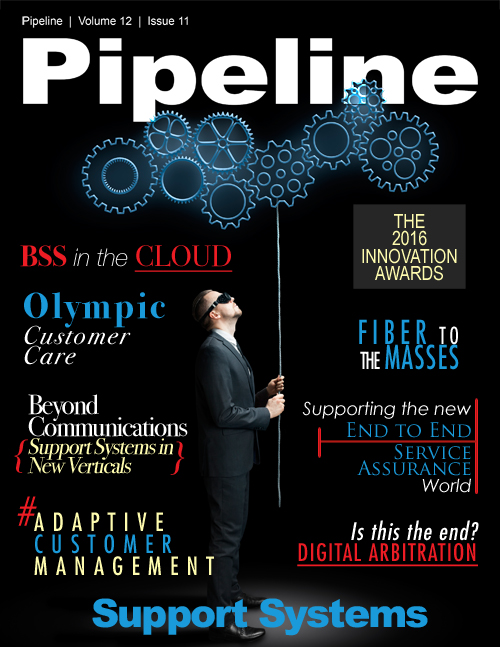Beyond Communications: Support Systems in New Verticals
Ericsson is one company that has been particularly bullish about pursuing new industry verticals, and they have a variety of use cases, including several in the utilities industry. One that caught my attention is the Itaipu Dam on the Paraná River, on the border of Paraguay and Brazil. The hydropower plant located at the dam generates power for residents of both countries, and it puts out approximately 17% of Brazil’s power and 75% of Paraguay’s. Using real-time data from 25,000 sensors, the plant can keep a tighter control over the volume and power of the water flowing through the plant, resulting in an annual boost of output of 0.6%, when compared to other plants in the region.
That number—less than one percent—may not sound like all that much until you consider that the Itaipu Dam is one of the largest hydroelectric plants in the world, situated on a river that is the planet’s seventh longest and which ranks 12th in the world in terms of average discharge. In 2015, the dam generated 89.2 terawatt-hours of electricity: 2.6% more than its chief rival, China’s Three Gorges Dam. I’ll let you do the math on how much power 0.6% of 89.2 million megawatt-hours is, but it’s a lot.
Which emphasizes the opportunity for traditional OSS/BSS vendors to get involved. Times are changing, and industries need guidance from solutions providers who understand complex networks.
“We are in the midst of a societal transformation that Ericsson calls the Networked Society,” said Esmeralda Swartz, VP of Strategy and Marketing, Business Unit Support Solutions, “a society in which mobility, broadband, cloud and IoT empower every person and every industry to reach their full potential.”
Ericsson solidified its intentions to break into some of these other verticals with its acquisition of MetraTech in 2014, but it’s hardly the only vendor seeking these new opportunities.
Alcatel-Lucent was hot on the trail of new industries prior to being acquired by Nokia, and these efforts certainly persist on some level. Cisco is pushing its efforts in the realms of crisis response, smart cities, security, vehicle automation and more. RAD is hard at work in the utility and transportation (as in trains and trucks, not network backbones) spaces.
And most of what I’ve mentioned so far falls into the OSS realm: network management, provisioning, activation and the like. The opportunities for BSS are just as ripe, especially billing and charging. “BSS can play a key role in these new types of applications through its ability to handle micro-payments and handle the associated subscriptions,” said Imperial College London’s Mulligan.
And the sky is the limit. “I am no longer surprised where I see ICT being applied,” said Mulligan. “It is now so ubiquitous in our society that it is more surprising when it is not being applied.”
Of course, it’s not as if these markets are truly the OSS/BSS firms’ for the taking. Vendors who are already embedded in their respective industries are making tremendous gains in confronting problems that could be solved by OSS/BSS solutions. Nevertheless, there is still a great deal of opportunity for those willing to take advantage of it.
And there may be even more opportunity in the future as more and more industries go the way of the sharing economy. “I think that the most promising applications are those that allow local and peer-to-peer economies to emerge alongside the large scale industries that we are used to,” said Mulligan, noting that industrial economies of scale are historically the exception, rather than the rule. People have been distributing locally and from peer to peer for millennia, while industrial-grade distribution has only been around for 150 years of so.
“Applications such as [OSS/BSS] will enable a better balance between local and international supply chains – something that both the environment and job markets will benefit from.”
And that’s a future we can get behind.



















